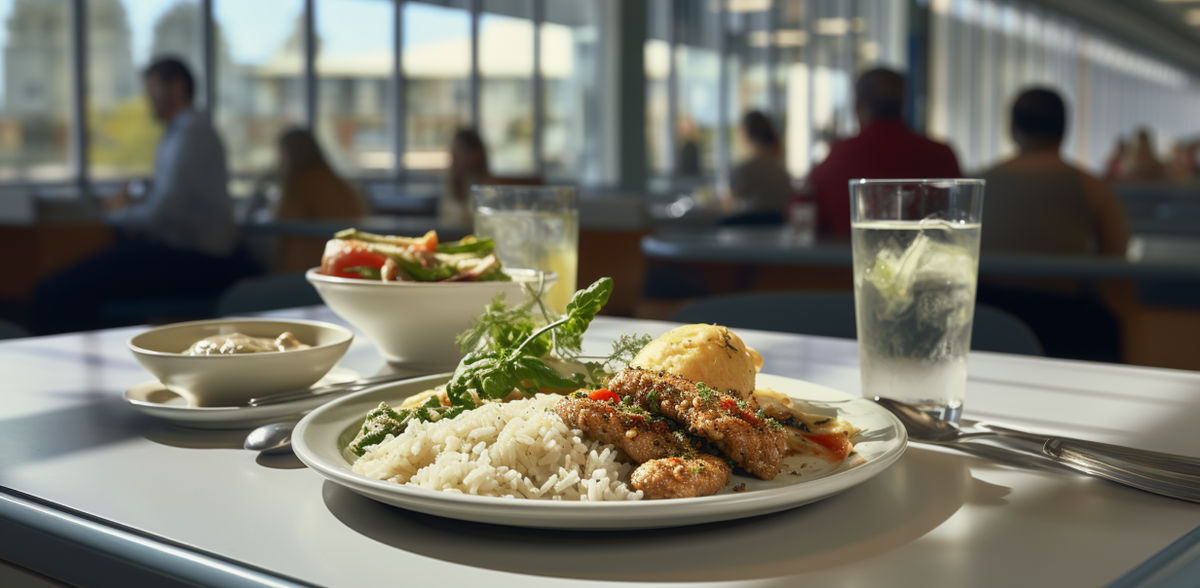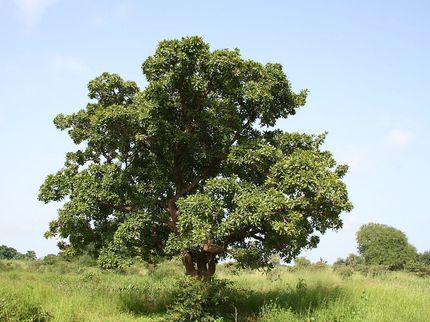Biodiversity Beyond the Plate: More Sustainable Menus for Commercial Kitchens
Strengthen biodiversity through optimized menus
Advertisement
Whether in daycare centers, companies or hospitals: Tens of thousands of meals are prepared and eaten in Germany's large-scale kitchens every day. Nevertheless, it has so far been neglected to use this so-called out-of-home catering (OOH) to influence biodiversity. This is precisely where the research project "BiTe - Biodiversity beyond the Plate", led by the Osnabrück University of Applied Sciences, comes in. Together with the TU Berlin, the FH Münster and the Wuppertal Institute for Climate, Environment and Energy gGmbH, work has been carried out over the last three years to make sustainable use of this leverage effect. The project is funded with 597,336 euros by the German Federal Ministry of Education and Research (BMBF). At the final conference in Berlin, the participating scientists and cooperation partners presented their results and gave an outlook on the tasks ahead.
Strengthening biodiversity through optimized menus
The research project essentially consists of two pillars. One of them is optimized meal planning by adapting recipes and menus to strengthen biodiversity, for example. "Sweet lupine instead of schnitzel, rapeseed oil instead of palm or olive oil, and basically using ingredients from European cultivation - with just these three changes, a meal can be made more biodiverse," explains Prof. Dr. Melanie Speck, professor of socioeconomics in households and businesses at Osnabrück University of Applied Sciences and head of the research project. To support the large-scale kitchens, the stakeholders developed a methodology to evaluate individual menus in terms of their biodiversity. The so-called "BiTe Biodiversity Index" measures the potential loss of species through the cultivation of food in different regions. In this way, the operators of the respective commercial kitchens can determine how each individual menu affects biodiversity if, for example, they increase the vegetable weight of dishes while significantly reducing the meat weight. The entire value chain is taken into account: Production, further processing, transport and preparation methods in the kitchens, as well as disposal.
Guest communication as an important component of the research project
The second pillar is targeted guest communication so that guests can understand the background to the campaign. For this purpose, communication materials and implementation concepts were created that commercial kitchens can use for their own guest communication. "Good and targeted communication is very important in this project, because the topic of nutrition is emotional. For this reason, our approach is not to lecture anyone, but to convince guests with interesting actions and delicious food," says Prof. Dr. Nina Langen, Department of Education for Sustainable Nutrition and Food Science, TU Berlin. Among other things, a pennant chain was developed: Each person who chooses a biodiversity dish receives a little flag that is hung on a pennant chain. This makes the theme visible in the canteen or cafeteria, and diners recognize their contribution to safeguarding biodiversity.
Another example is comics, which are hung visibly as posters in various formats or placed on the table and provide information about, for example, threatened species extinction.
By evaluating sales figures and a guest survey, it is possible to evaluate whether there has been a change in attitude among guests and to what extent there has been a change in behavior that is not random. "There is still a lot of raw data in the evaluation, but it is already becoming apparent that it is a challenge to cook biodiverse dishes. That's because, for example, sourcing ingredients in standard supply structures isn't always easy. However, once the kitchens have overcome the initial obstacles, position the dishes at the most popular serving position and carry out the promotions, the dishes sell very well, which is then economically important to continue the effort," explains Silke Friedrich, a research associate at the Institute for Sustainable Nutrition.
A total of 11 catering companies with 21 locations throughout Germany were involved in this research project. During the campaign weeks, a total of around 20,000 meals were optimized in these kitchens. With a CO2 footprint of approx. 1.25 kg CO2 eq. per meal and an average savings potential of 20%, around 5,000 kg CO2 eq. were saved during the campaign weeks.
Note: This article has been translated using a computer system without human intervention. LUMITOS offers these automatic translations to present a wider range of current news. Since this article has been translated with automatic translation, it is possible that it contains errors in vocabulary, syntax or grammar. The original article in German can be found here.





























































